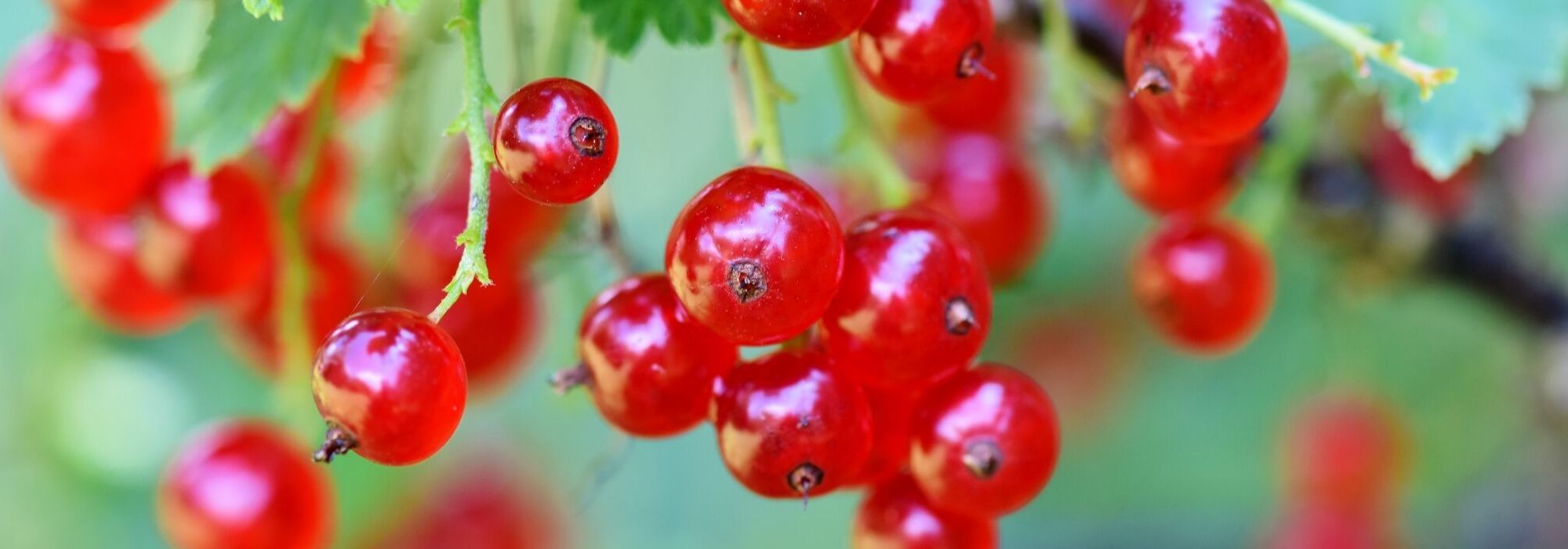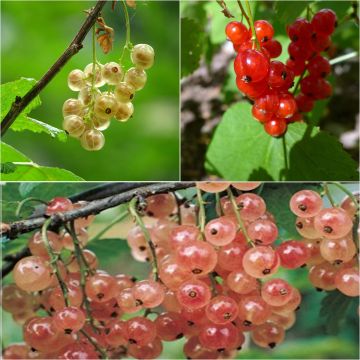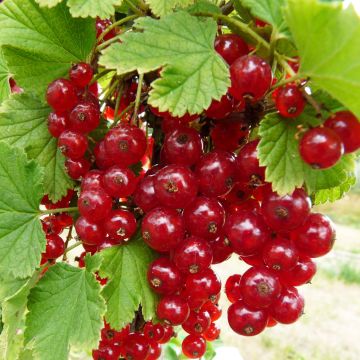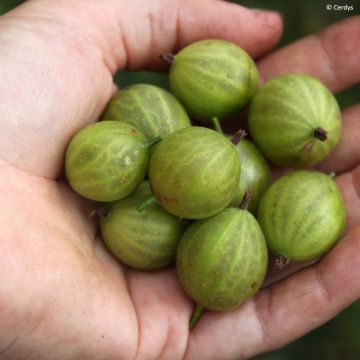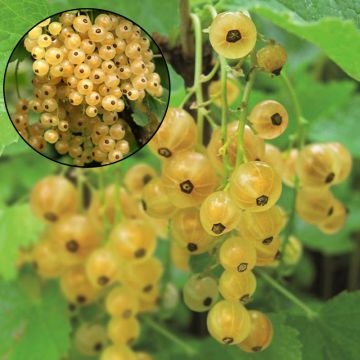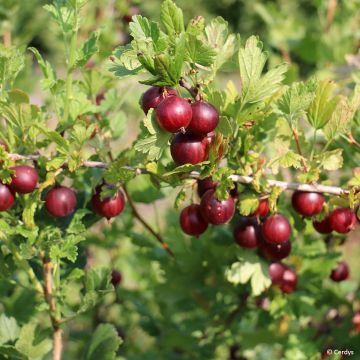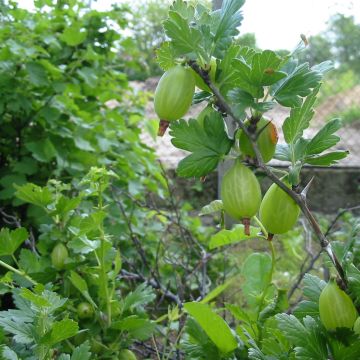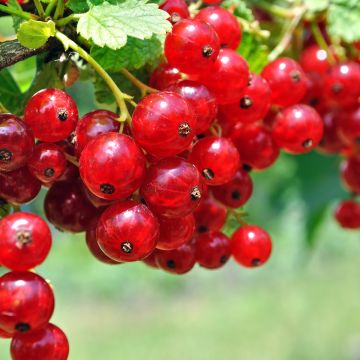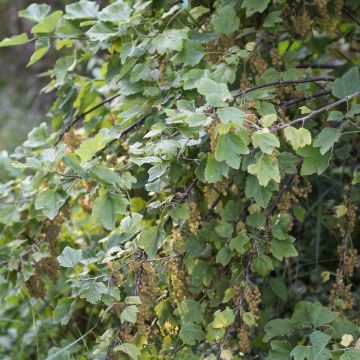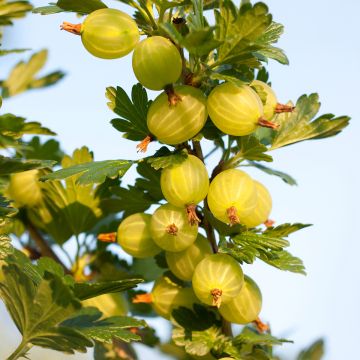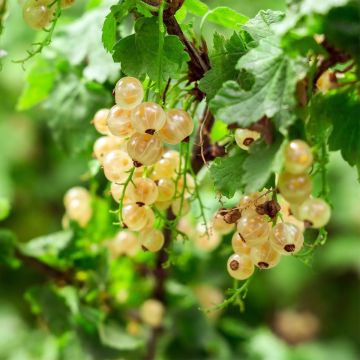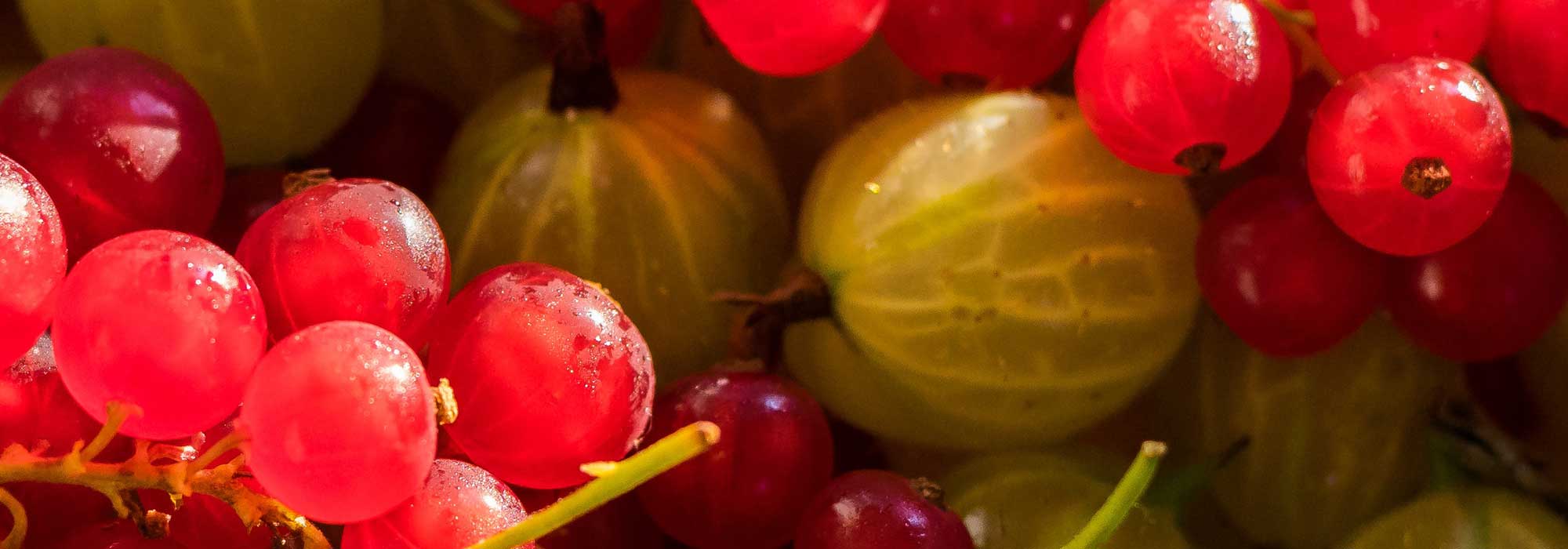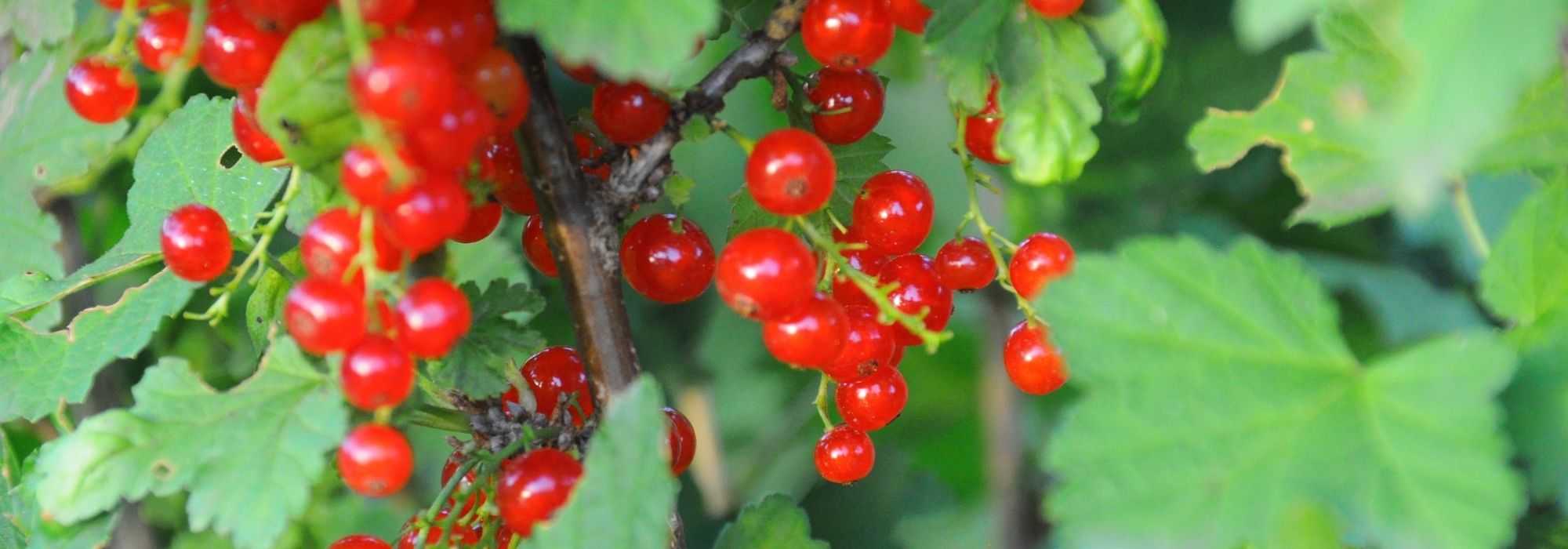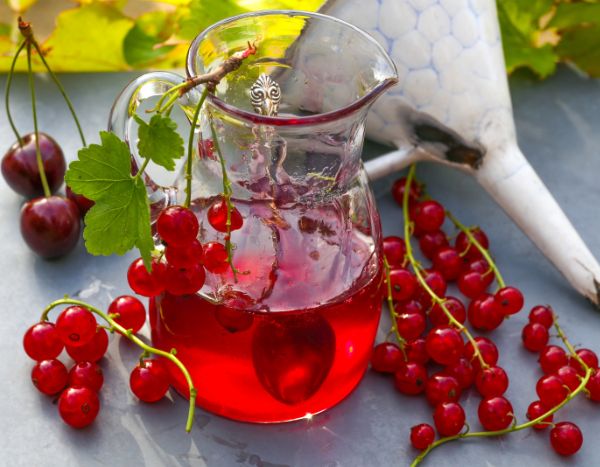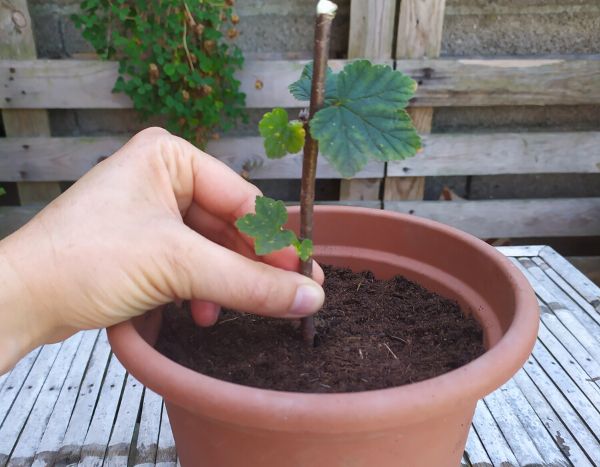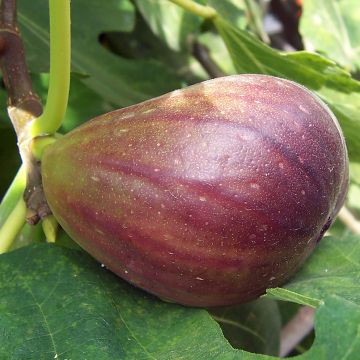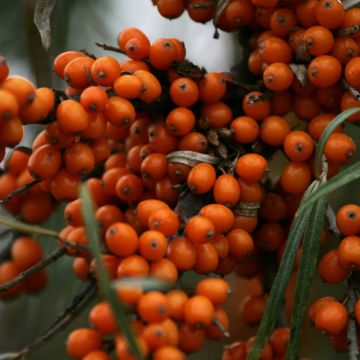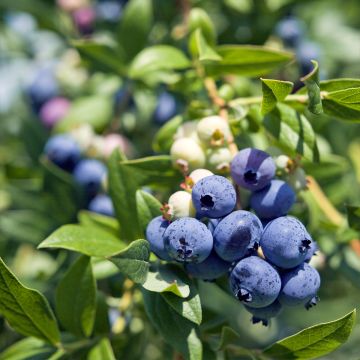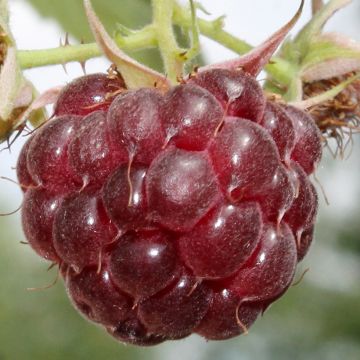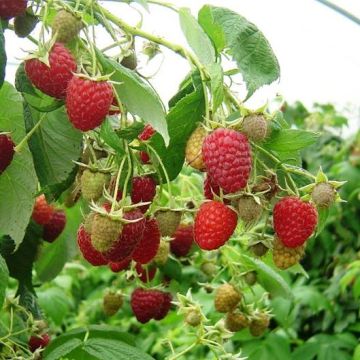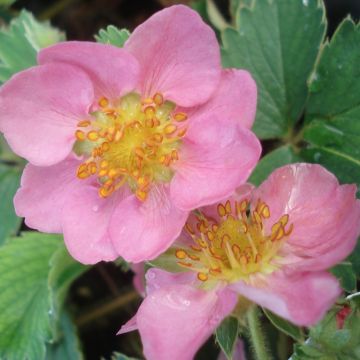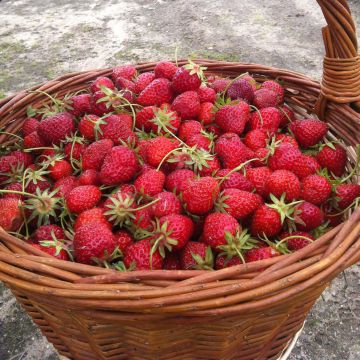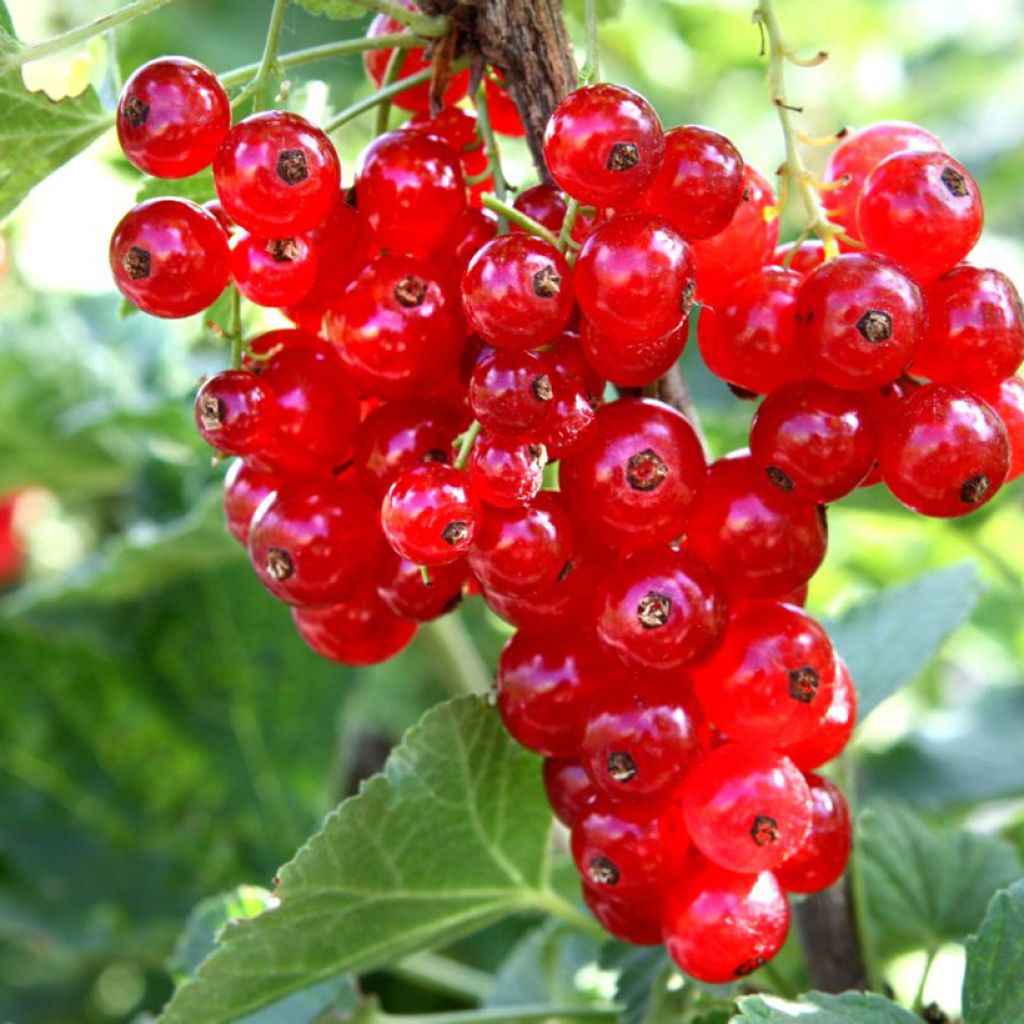

Ribes rubrum Ribest 'Babette'
Ribes rubrum Ribest 'Babette'
Ribes rubrum Ribest ® Babette ®
Red Currant
Special offer!
Receive a €20 voucher for any order over €90 (excluding delivery costs, credit notes, and plastic-free options)!
1- Add your favorite plants to your cart.
2- Once you have reached €90, confirm your order (you can even choose the delivery date!).
3- As soon as your order is shipped, you will receive an email containing your voucher code, valid for 3 months (90 days).
Your voucher is unique and can only be used once, for any order with a minimum value of €20, excluding delivery costs.
Can be combined with other current offers, non-divisible and non-refundable.
Home or relay delivery (depending on size and destination)
Schedule delivery date,
and select date in basket
This plant carries a 6 months recovery warranty
More information
We guarantee the quality of our plants for a full growing cycle, and will replace at our expense any plant that fails to recover under normal climatic and planting conditions.
Description
The 'Babette' Cluster Currant is a recent variety selected for the early ripening of its large, light red berries, which are incredibly juicy and deliciously fruity. It is very early and begins to ripen in mid-June, allowing for harvesting until mid-July. Its growth is bushy and upright but compact enough to reach a height of 1.50 metres (5 feet), making it well-adapted to all gardens, including container gardening. Resistant to major diseases, it tolerates all soil types and prefers sunny exposures. 'Babette' offers excellent yields and a harvest of regularly sized fruits. Its taste is sweet and less acidic than other red currant varieties. The berries are suitable for both snacking and processing. They have a high vitamin C content, and the pulp contains few seeds. The bush requires careful pruning to optimise fruit production and size.
The Cluster Currant, known as Ribes rubrum in Latin, is sometimes called Gadelle or Raisinet. It belongs to the Grossulariaceae family, like the Gooseberry, from which it differs in its clustered fruits. Its origins in temperate northern hemisphere regions and the Andes Mountains give the Cluster Currant excellent cold resistance. Cultivated for a long time, it was introduced in the Middle Ages. Historically, in the 14th century, it was mainly used as a medicinal plant, with apothecaries and healers attributing powerful properties to it (febrifuge, digestive, laxative, diuretic, and purifying). In the 15th and 16th centuries, currants began to appear in gardens. Then, in the 18th century, the Danes and the Dutch intensified currant cultivation and spread it worldwide.
The Ribes rubrum Ribest 'Babette' is a recent Swiss creation from the Ribest range. This range consists of currant varieties selected for high yields, fleshy fruits with a high sugar content, and vigorous and disease-resistant plants. It forms a bushy, non-thorny shrub with a tufted habit of slightly stiff, sparsely branched branches, whose wood is soft and has abundant pith. This very hardy bush reaches a height of 1.50 metres (5 feet) with a spread of 1.20 metres (4 feet). The foliage is deciduous, composed of palmate, lobed, and aromatic leaves, medium green and fragrant. Flowering occurs in April in clusters of small, inconspicuous greenish-to-brownish flowers highly visited by bees. Fruiting mainly occurs on one- and two-year-old branches. Early harvest begins from mid-June to mid-July. It produces a high quantity of compact clusters composed of numerous round and translucent berries. When ripe, the currants are bright red, vibrant, and shiny, filled with juicy, fruity, sweet, and slightly acidic flesh containing tiny seeds.
The 'Babette' Cluster Currant is self-fertile, so it does not need a companion to bear fruit, but having another variety nearby will increase production. The harvest is staggered as the fruits ripen and is made easier by the size of the long clusters. A currant bush produces approximately 3 to 5 kg of fruit per plant, depending on the age and growing conditions. All currant varieties are rich in vitamin C, antioxidants, minerals, trace elements, potassium, calcium, and phosphorus, making them true health benefits. Moreover, they are among the least calorie-dense small fruits (50 kcal per 100 g). Rich in nutrients, they are delicious when eaten fresh, and for added indulgence, they can be sprinkled with a bit of granulated sugar. They are excellent for jellies or jams, garnish pies, and make great cakes. They are also perfect for making sorbets or ice creams, as an accompaniment to red meats, or as a garnish in salads.
In the summer, this currant bush, with its long pendulous clusters resembling a string of pearls, will bring pleasure and enchantment to the garden. You can pair it with Blackcurrants, Raspberry bushes, or other small fruit varieties to create an edible hedge. When planting it is essential to alternate species and varieties where possible. This reduces the risk of diseases and promotes pollination, even if the variety is self-fertile. It can be grown in containers, but you should choose a container at least 40 cm (16in) tall and water regularly with non-limestone water.
Plant habit
Fruit
Flowering
Foliage
Botanical data
Ribes
rubrum
Ribest ® Babette ®
Grossulariaceae
Red Currant
Cultivar or hybrid
Other Redcurrant bush
View all →Planting and care
Plant the alternate bush from October to March, avoiding periods that are too cold or humid. It thrives in ordinary soils, even poor ones, without too much limestone. The alternate bush prefers well-drained, fresh soil but not constantly wet. Since the alternate bush dislikes heat and drought, plant it in the sun in cooler regions or in partial shade in hotter climates. Choose a location protected from strong winds.
When planting, space the plants 1.20m (4ft) apart in all directions. For bare-root plants, soak the roots in a pralinage mixture to prevent air pockets from forming between the roots and the soil. You can prepare the pralinage by mixing 1/3 very fine soil or compost, 1/3 well-rotted manure or compost, and 1/3 rainwater, or buy it commercially. Dig a hole, incorporate decomposed manure or mature compost into the soil, place the plant, and cover it with soil. Water generously. Then, mulch the soil to retain moisture in the summer.
For pot cultivation, use a mixture of potting soil and topsoil, with a drainage layer at the bottom of the perforated pot. Feed your blackcurrant bush with compost or small fruit fertiliser and water regularly to keep the substrate moist but not waterlogged.
An organic fertiliser at the start of vegetation will support fruit production and plant health. It is a tolerant bush, not very susceptible to diseases. It has a few enemies, such as aphids, which can be eliminated by spraying with soapy water or a garlic mix. In case of a powdery mildew attack, spray with fungicide In June-July, protect the harvest with nets to deter birds. To get rid of raspberry worms, which can also be present on currants, you can sow forget-me-nots along the plantation; they are reputed to repel them.
When planting currants, it is essential to alternate varieties and species when space allows: pollination will be favoured, and the spread of epidemics or diseases will be limited.
Planting period
Intended location
Care
Planting & care advice
This item has not been reviewed yet - be the first to leave a review about it.
Similar products
Haven't found what you were looking for?
Hardiness is the lowest winter temperature a plant can endure without suffering serious damage or even dying. However, hardiness is affected by location (a sheltered area, such as a patio), protection (winter cover) and soil type (hardiness is improved by well-drained soil).

Photo Sharing Terms & Conditions
In order to encourage gardeners to interact and share their experiences, Promesse de fleurs offers various media enabling content to be uploaded onto its Site - in particular via the ‘Photo sharing’ module.
The User agrees to refrain from:
- Posting any content that is illegal, prejudicial, insulting, racist, inciteful to hatred, revisionist, contrary to public decency, that infringes on privacy or on the privacy rights of third parties, in particular the publicity rights of persons and goods, intellectual property rights, or the right to privacy.
- Submitting content on behalf of a third party;
- Impersonate the identity of a third party and/or publish any personal information about a third party;
In general, the User undertakes to refrain from any unethical behaviour.
All Content (in particular text, comments, files, images, photos, videos, creative works, etc.), which may be subject to property or intellectual property rights, image or other private rights, shall remain the property of the User, subject to the limited rights granted by the terms of the licence granted by Promesse de fleurs as stated below. Users are at liberty to publish or not to publish such Content on the Site, notably via the ‘Photo Sharing’ facility, and accept that this Content shall be made public and freely accessible, notably on the Internet.
Users further acknowledge, undertake to have ,and guarantee that they hold all necessary rights and permissions to publish such material on the Site, in particular with regard to the legislation in force pertaining to any privacy, property, intellectual property, image, or contractual rights, or rights of any other nature. By publishing such Content on the Site, Users acknowledge accepting full liability as publishers of the Content within the meaning of the law, and grant Promesse de fleurs, free of charge, an inclusive, worldwide licence for the said Content for the entire duration of its publication, including all reproduction, representation, up/downloading, displaying, performing, transmission, and storage rights.
Users also grant permission for their name to be linked to the Content and accept that this link may not always be made available.
By engaging in posting material, Users consent to their Content becoming automatically accessible on the Internet, in particular on other sites and/or blogs and/or web pages of the Promesse de fleurs site, including in particular social pages and the Promesse de fleurs catalogue.
Users may secure the removal of entrusted content free of charge by issuing a simple request via our contact form.
The flowering period indicated on our website applies to countries and regions located in USDA zone 8 (France, the United Kingdom, Ireland, the Netherlands, etc.)
It will vary according to where you live:
- In zones 9 to 10 (Italy, Spain, Greece, etc.), flowering will occur about 2 to 4 weeks earlier.
- In zones 6 to 7 (Germany, Poland, Slovenia, and lower mountainous regions), flowering will be delayed by 2 to 3 weeks.
- In zone 5 (Central Europe, Scandinavia), blooming will be delayed by 3 to 5 weeks.
In temperate climates, pruning of spring-flowering shrubs (forsythia, spireas, etc.) should be done just after flowering.
Pruning of summer-flowering shrubs (Indian Lilac, Perovskia, etc.) can be done in winter or spring.
In cold regions as well as with frost-sensitive plants, avoid pruning too early when severe frosts may still occur.
The planting period indicated on our website applies to countries and regions located in USDA zone 8 (France, United Kingdom, Ireland, Netherlands).
It will vary according to where you live:
- In Mediterranean zones (Marseille, Madrid, Milan, etc.), autumn and winter are the best planting periods.
- In continental zones (Strasbourg, Munich, Vienna, etc.), delay planting by 2 to 3 weeks in spring and bring it forward by 2 to 4 weeks in autumn.
- In mountainous regions (the Alps, Pyrenees, Carpathians, etc.), it is best to plant in late spring (May-June) or late summer (August-September).
The harvesting period indicated on our website applies to countries and regions in USDA zone 8 (France, England, Ireland, the Netherlands).
In colder areas (Scandinavia, Poland, Austria...) fruit and vegetable harvests are likely to be delayed by 3-4 weeks.
In warmer areas (Italy, Spain, Greece, etc.), harvesting will probably take place earlier, depending on weather conditions.
The sowing periods indicated on our website apply to countries and regions within USDA Zone 8 (France, UK, Ireland, Netherlands).
In colder areas (Scandinavia, Poland, Austria...), delay any outdoor sowing by 3-4 weeks, or sow under glass.
In warmer climes (Italy, Spain, Greece, etc.), bring outdoor sowing forward by a few weeks.






























